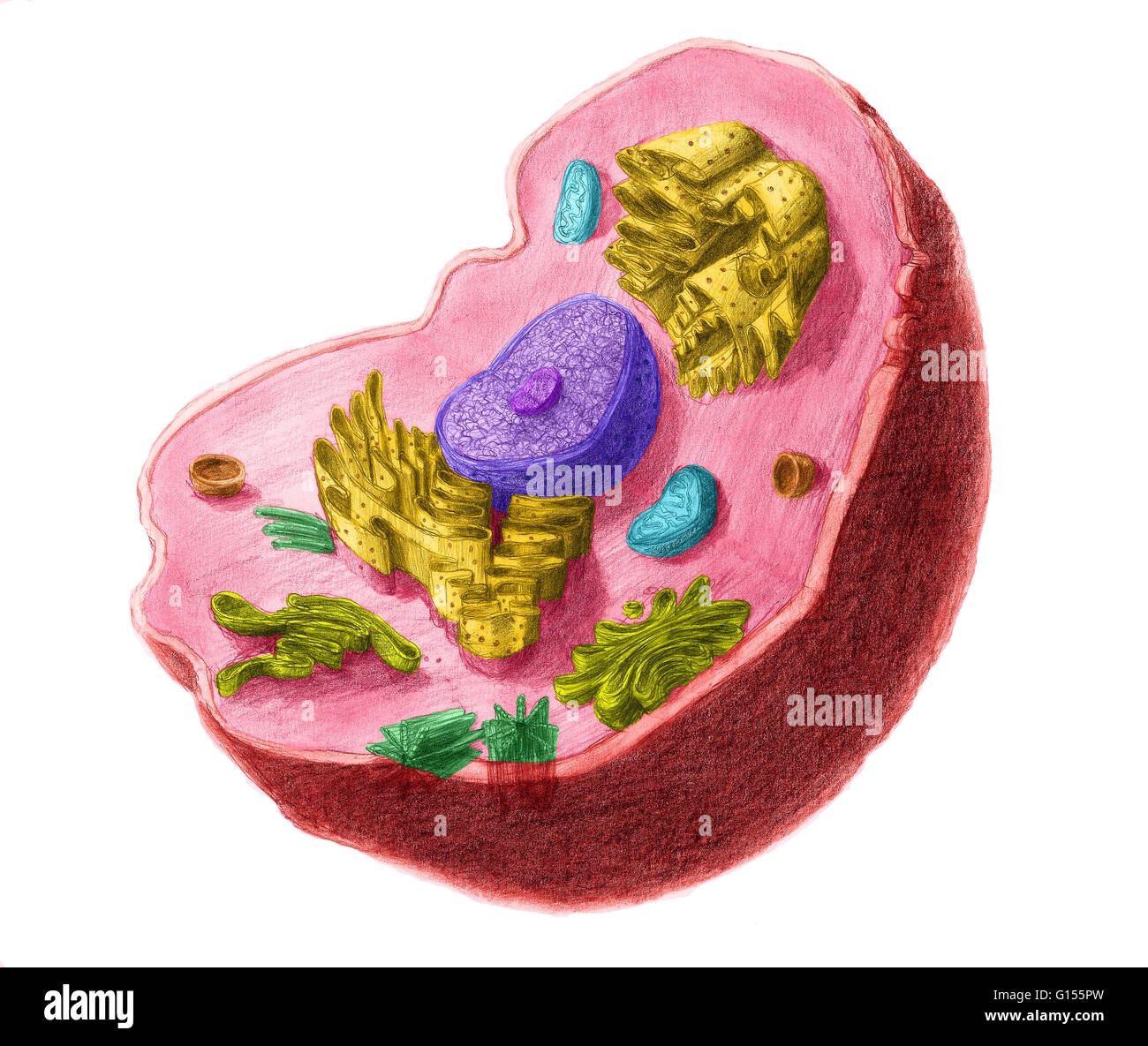Animal cells are the basic unit of life in animals. They are unique in structure and function, and coloring them can help students understand their different parts and their roles in the cell.
Coloring animal cells can be a fun and educational activity for students of all ages. By assigning colors to different parts of the cell, students can visually see and remember the various organelles and structures that make up an animal cell.
Animal Cell Coloring Colored
When coloring an animal cell, it is important to use different colors for each organelle or structure. For example, the nucleus can be colored blue, the mitochondria can be colored red, the endoplasmic reticulum can be colored green, and so on. By using a variety of colors, students can easily distinguish between the different parts of the cell.
Coloring an animal cell can also help students learn about the functions of each organelle. For example, they can learn that the nucleus is the control center of the cell, the mitochondria are the powerhouses that produce energy, and the endoplasmic reticulum is involved in protein synthesis. By associating colors with these functions, students can better understand how the different parts of the cell work together to keep the cell alive and functioning.
In addition to being a fun and educational activity, coloring animal cells can also help improve students’ fine motor skills. As they carefully color each organelle and structure, students can practice their hand-eye coordination and attention to detail. This can be especially beneficial for younger students who are still developing these skills.
Overall, coloring animal cells can be a valuable tool for teaching students about the structure and function of these important units of life. By assigning colors to different organelles and structures, students can visually see and remember the various parts of the cell. This hands-on activity not only makes learning fun, but also helps students develop their fine motor skills and understand the complex workings of animal cells.
So, the next time you want to teach students about animal cells, consider incorporating coloring into your lesson plan. It’s a creative and engaging way to help students learn about the fascinating world of cell biology.
